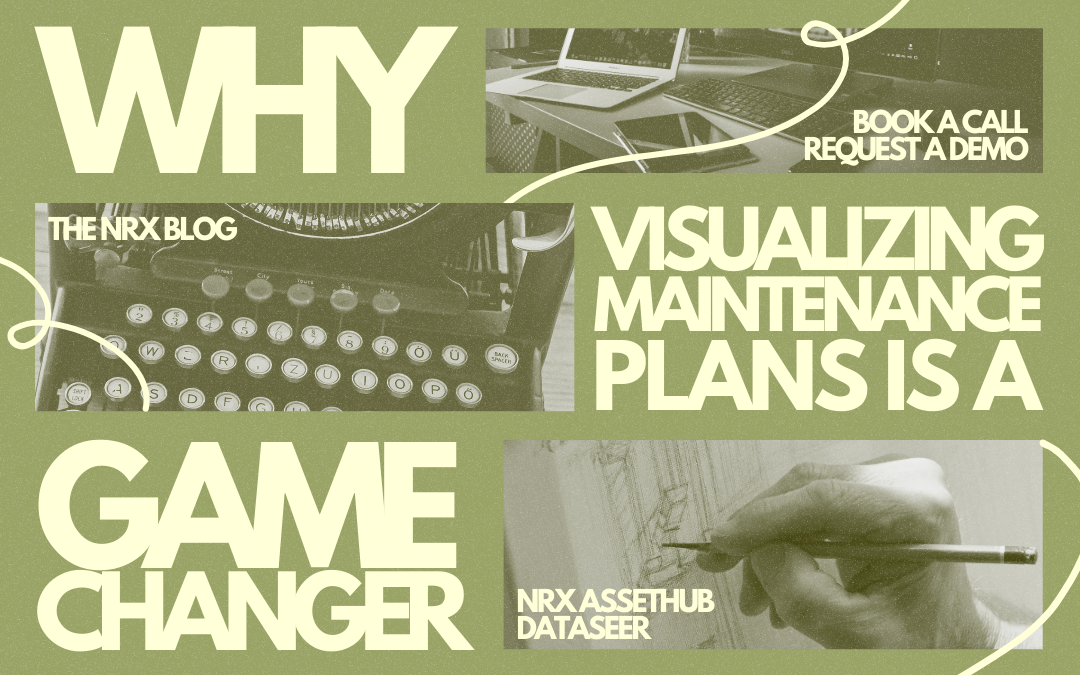According to Forbes, unplanned downtime costs industrial manufacturers an estimated $50 billion annually. A large portion of this downtime is due to equipment failure that could be avoided with better maintenance planning and visualization.
In asset intensive industries such as energy, mining, manufacturing, and utilities, efficient maintenance planning is mission critical. These industries rely heavily on complex equipment fleets and facility structures. These are often structured into functional locations (FLOCs) within EAM systems. However, the planning and execution of preventive maintenance still happen in fragmented systems or within complex spreadsheets that make it difficult to see the full picture.

The Power of Visualization in Maintenance Management
The process of visualizing maintenance plans transforms complex data into meaningful and interactive formats. These include Gantt charts, asset hierarchies, calendar views, and heatmaps. As a result, stakeholders can quickly identify conflicts, missed PMs, and bottlenecks in resources.
When platforms such as IBM Maximo, HxGN EAM, or Oracle EAM support visualization, planners gain better control. They can distribute resources more efficiently across FLOCs and asset types. Consequently, decisions become smarter, overlaps are reduced, and teams work in better alignment.
Additionally, digitalization tools such as digital twins and CMMS platforms allow teams to visualize maintenance dependencies in real time. This is especially important in industries including oil and gas or rail. In these sectors, missing a PM can lead to significant financial losses or safety risks.

Why It Matters for EAM Strategies
Visual planning enhances EAM strategies by streamlining integration across platforms. Whether you are operating on IBM Maximo or migrating to HxGN EAM, visualization simplifies transitions and lowers risk during upgrades. Furthermore, it improves migration readiness. Teams can identify plan gaps, duplications, and inconsistencies before moving to a new system. This is particularly helpful during transitions to systems such as IFS or Oracle EAM.
Some CMMS platforms also now offer AI driven forecasting and condition monitoring. These tools visually predict failures in advance. As a result, teams can move from reactive to predictive maintenance more easily.
Strategic Benefits
Companies that embrace visualization in maintenance planning report:
- Faster response times to maintenance issues
- Improvement in technician productivity through better schedule clarity
- Reduction in redundant PMs due to improved visibility
Final Thoughts
In today’s digital first world, visualizing maintenance plans isn’t a luxury, it is a competitive differentiator. As industries continue migrating legacy systems to modern EAM platforms, the need to bring clarity to complexity becomes more urgent. By visualizing maintenance plans, businesses can reduce downtime, extend asset life, and enhance collaboration across departments.
Utilizing Drawing Data for Accurate Cost Estimation

The Challenges of Table Data Extraction

The Tedious Nature of Creating Piping Lists Manually

Share this article

